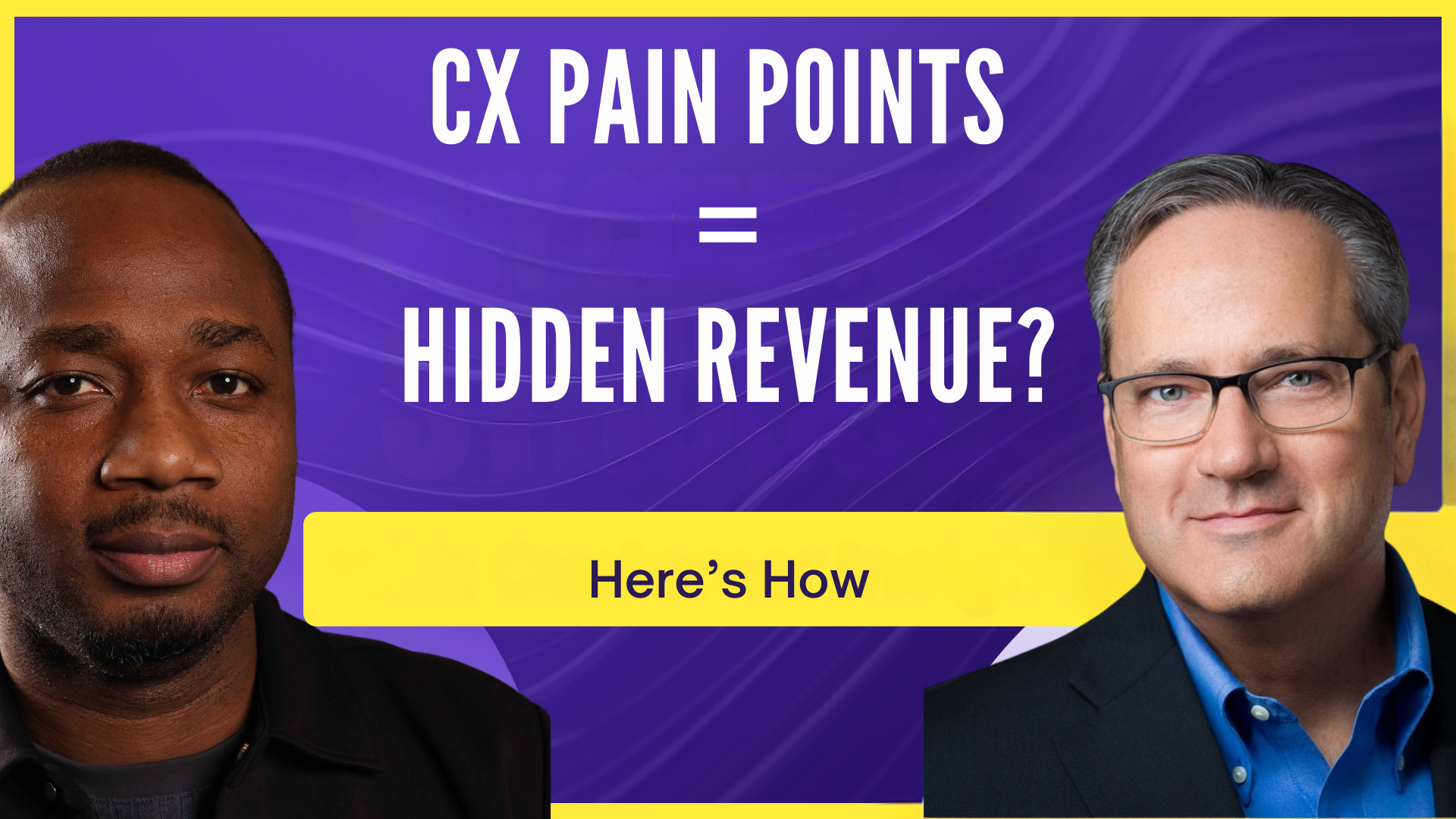Executive Summary Models: Choosing the Right Approach
-
Bella Williams
- 10 min read
Tailored summary strategies have become essential in today's information-rich world. As businesses and researchers grapple with extensive interview transcripts and data sets, the need for concise yet comprehensive summaries has never been greater. Traditional AI-generated summaries often fall short, producing lengthy documents or overly simplified bullet points that fail to capture the nuanced insights of complex interviews.
Enter the concept of structured, topic-based summaries. This approach allows organizations to distill key information from interviews and research into predefined categories, aligning with their specific needs and objectives. By focusing on relevant topics and utilizing customizable templates, teams can create executive summaries that are both informative and easily digestible. This method not only saves time but also ensures that critical insights are not lost in a sea of data, making it an invaluable tool for decision-makers and stakeholders alike.
Tailored Summary Strategy: Why One Size Doesnt Fit All
When it comes to executive summaries, one size certainly doesn't fit all. The traditional approach of lengthy transcripts or generic bullet points often falls short of delivering valuable insights. Instead, a tailored summary strategy is crucial for effectively distilling complex information into actionable knowledge.
Consider the diverse needs of different stakeholders within an organization. While some may require in-depth analysis, others might prefer a quick overview of key points. A customized summary template allows for flexibility, addressing specific topics and structural requirements unique to each project or audience. By focusing on relevant themes and utilizing a consistent format, tailored summaries can significantly enhance comprehension and decision-making processes. This approach not only saves time but also ensures that critical information is communicated clearly and concisely, making it an invaluable tool for busy professionals seeking efficient knowledge transfer.
The Necessity of Customization
Customization is a critical factor in selecting the right executive summary model. One size rarely fits all when it comes to distilling complex information for diverse audiences. A tailored summary strategy allows for flexibility in addressing specific client needs and preferences.
The ability to adjust and fine-tune an executive summary model is paramount for delivering valuable insights. Different industries, company sizes, and decision-making processes may require varying levels of detail or focus areas. By offering customization options, summary tools can adapt to these unique requirements, ensuring that the output resonates with the intended audience and provides actionable information. This flexibility not only enhances the utility of the summaries but also demonstrates a commitment to meeting individual client needs, ultimately leading to more effective communication and decision-making processes.
Key Factors in Selecting the Right Model
When selecting the right model for executive summaries, decision-makers must consider several crucial factors to ensure optimal results. The first key consideration is the output quality and depth of insights extracted from the provided data. Organizations need to evaluate how well the model can process and analyze various data points, including verbatim responses and Voice of Customer (VOC) feedback.
Another critical factor is the seamless integration capability with existing systems. Management often prioritizes automated solutions that minimize manual intervention, streamlining the entire process from data input to insight generation. This integration aspect is vital for maintaining efficiency and reducing potential errors associated with manual data handling. By focusing on these key elements, companies can develop a tailored summary strategy that aligns with their specific needs and technological infrastructure, ultimately enhancing their decision-making processes.
Types of Executive Summary Models and Their Applications
Choosing the right executive summary model is crucial for effectively communicating complex information to decision-makers. Different models serve various purposes, each tailored to specific contexts and audiences. The research matrix approach offers a structured format, presenting key findings in a grid-like layout for quick reference and comparison. This model excels in situations requiring data-driven insights and quantitative analysis.
Alternatively, the dashboard visual experience provides a more dynamic and interactive summary. It leverages templates designed for specific project types, such as market research or employee engagement initiatives. This model shines when presenting multifaceted information that benefits from visual representation. For broader, open-ended inquiries, the general question model allows users to extract insights from entire datasets through natural language queries. This approach is particularly useful when exploring diverse aspects of a project or when the specific information needs are not predetermined. By understanding these models and their applications, professionals can develop a tailored summary strategy that best serves their audience and objectives.
Concise Summaries for High-Level Executives
When crafting executive summaries, selecting the right approach is crucial for effective communication. A tailored summary strategy considers the unique needs and preferences of high-level executives, ensuring that critical information is conveyed efficiently. One effective method is the "pyramid approach," which presents the most important conclusions first, followed by supporting details.
Another strategy is the "problem-solution format," which clearly outlines challenges and their corresponding resolutions. This approach resonates well with decision-makers who need to grasp complex issues quickly. Alternatively, the "narrative summary" can be powerful for executives who appreciate context and storytelling. By choosing the most appropriate model, you can enhance comprehension and facilitate faster decision-making among top-level management.
Detailed Summaries for Analytical Audiences
When crafting executive summaries, selecting the right approach is crucial for delivering impactful insights. A tailored summary strategy considers the audience, content complexity, and desired outcomes. For analytical audiences, detailed summaries offer a comprehensive view of the data and its implications.
To create effective detailed summaries, start by identifying key data points and trends. Organize this information into logical categories, such as performance metrics, market analysis, and strategic recommendations. Use clear, concise language to explain complex concepts, and provide context for each insight. Include visual elements like charts or graphs to support your narrative and make the information more digestible. Remember to highlight actionable takeaways and their potential impact on decision-making processes. By tailoring your summary approach to analytical audiences, you ensure that the most relevant and valuable information is communicated effectively.
Conclusion: Crafting Your Tailored Summary Strategy
In crafting your tailored summary strategy, it's essential to consider the diverse needs of your audience and the complexity of your content. One-size-fits-all approaches often fall short, leaving readers overwhelmed or underwhelmed. Instead, focus on developing a flexible framework that can adapt to various interview types and key topics.
Consider implementing a modular approach to your executive summaries. This allows you to create standardized sections for common themes while maintaining the flexibility to highlight unique insights from each interview. By balancing structure with customization, you can ensure that your summaries provide valuable, easily digestible information without sacrificing depth or nuance. Remember, the goal is to create a summary that serves as a powerful tool for decision-making and knowledge sharing within your organization.







